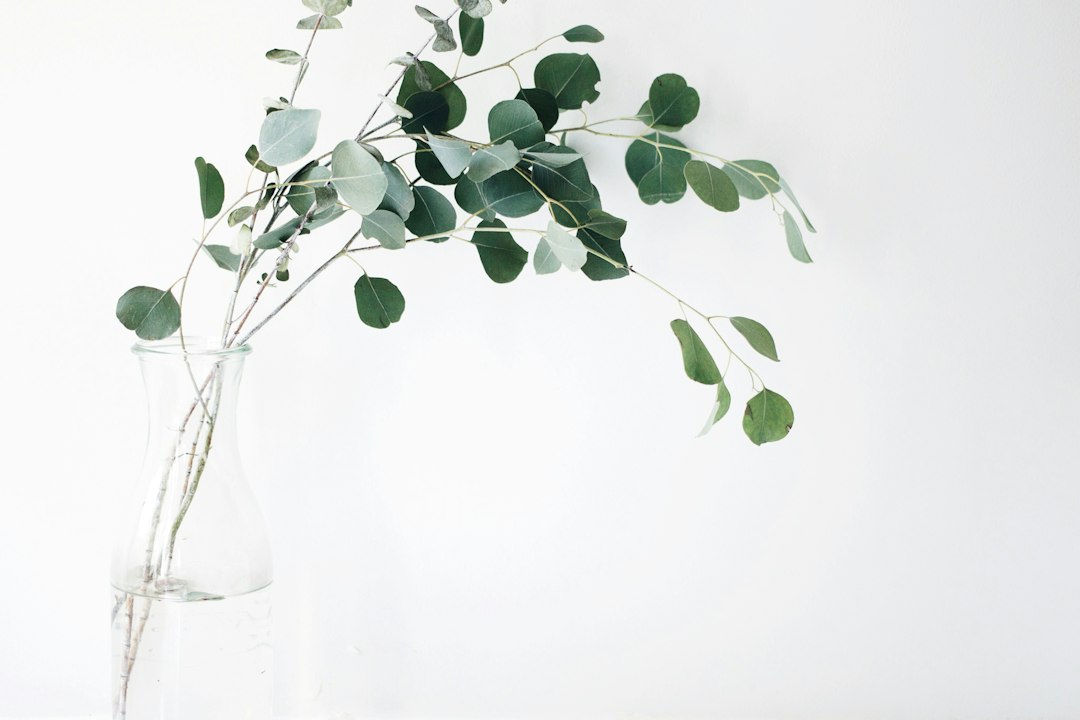The Importance of Color Psychology in Interior Design
When it comes to interior design, color is one of the most powerful tools at our disposal. It has the ability to evoke emotions, influence moods, and create a certain atmosphere within a space. Understanding the concept of color psychology can greatly enhance the success of any interior design project.
Color psychology is the study of how colors affect human behavior and emotions. Different colors have different impact on our senses and can evoke specific feelings. By utilizing this knowledge, interior designers can create spaces that not only look visually pleasing but also create the desired psychological effect.
One of the first considerations in color psychology is the classification of colors into warm and cool tones. Warm colors, such as red, orange, and yellow, are associated with energy, warmth, and vibrancy. These colors can create a sense of excitement and stimulate social interaction, making them ideal for spaces such as living rooms or dining areas. On the other hand, cool colors, like blue, green, and purple, are known to have a calming effect. They can create a sense of tranquility and relaxation, making them perfect choices for bedrooms or study areas.
In addition to warm and cool tones, each color has its own unique psychological effects. For instance, green is often associated with nature and can promote feelings of harmony and balance. It is a great choice for spaces where people want to feel refreshed and rejuvenated, such as bathrooms or home offices.
On the other hand, red is a powerful color that can evoke strong emotions. It is associated with energy, passion, and excitement. Red can create a sense of urgency and can be a great choice for spaces where you want to encourage activity, like gyms or entertainment rooms.
Another important aspect of color psychology is understanding the psychological effects of different hues within the same color family. While blue is generally known for its calming effect, light shades of blue can create a feeling of serenity and peacefulness, while darker shades can evoke a sense of introspection and mystery.
Additionally, the combination of colors can also impact the overall mood of a space. Complementary colors, which are opposite each other on the color wheel, create a dynamic and energetic atmosphere. For example, pairing blue and orange can create a vibrant and attention-grabbing space. On the other hand, analogous colors, which are adjacent to each other on the color wheel, create a harmonious and soothing effect. Choosing colors that work well together is essential for achieving the desired psychological impact.
Incorporating color psychology into interior design can be a powerful tool for creating spaces that not only look visually appealing but also have a positive impact on our emotions and well-being. By strategically selecting colors and understanding their psychological effects, you can transform any space into an environment that enhances our mood, productivity, and overall quality of life. Whether you want a calming sanctuary or an energetic gathering space, the importance of color psychology can never be underestimated in interior design.
